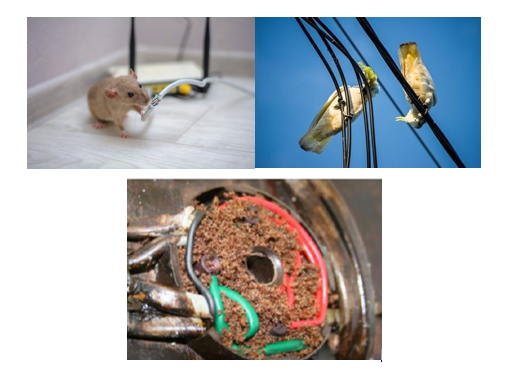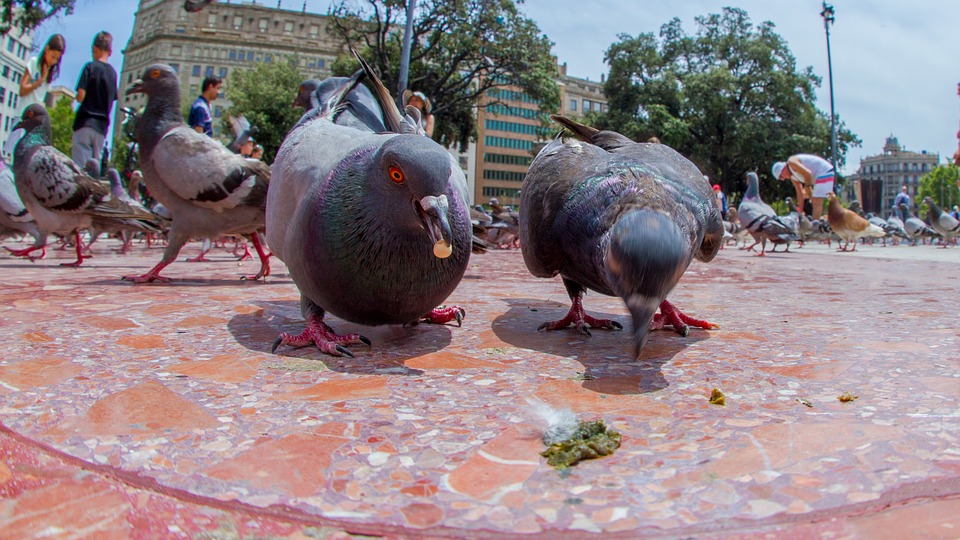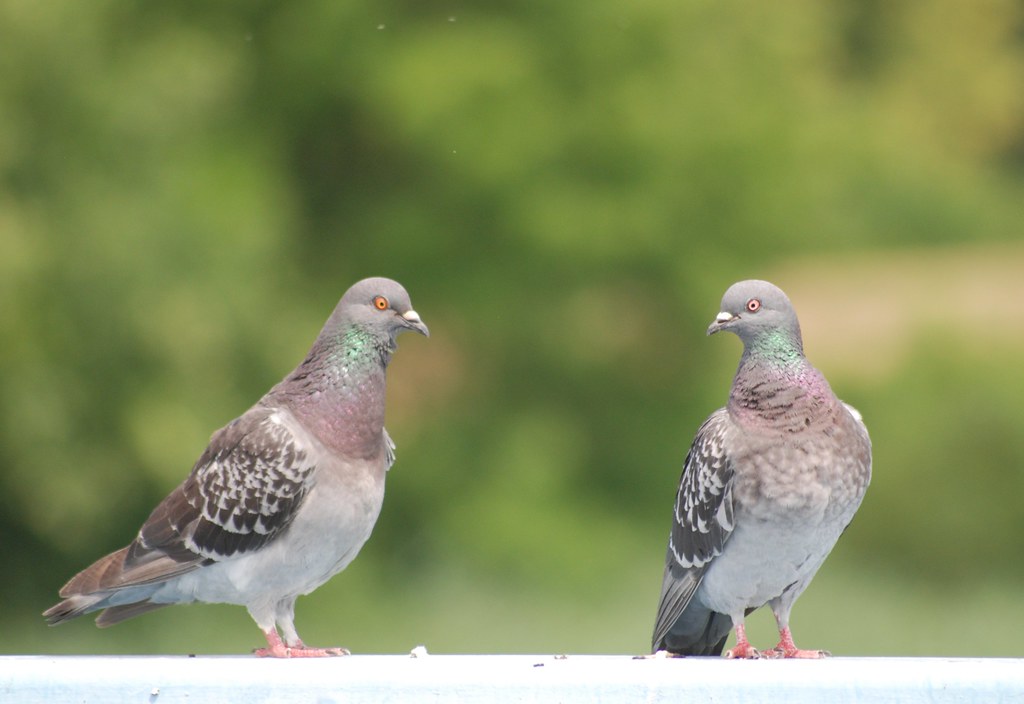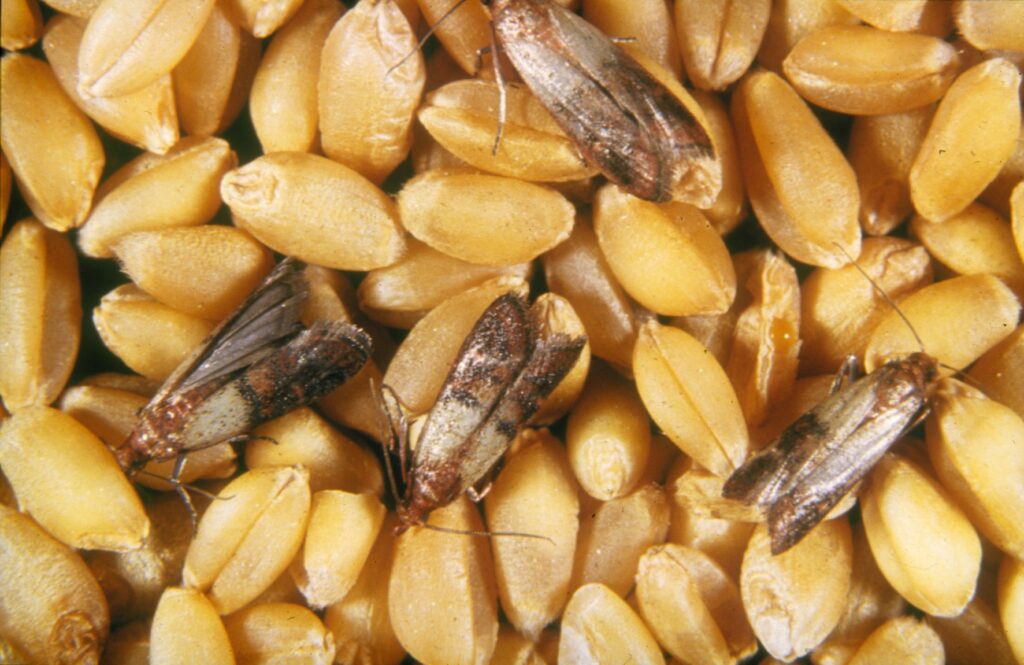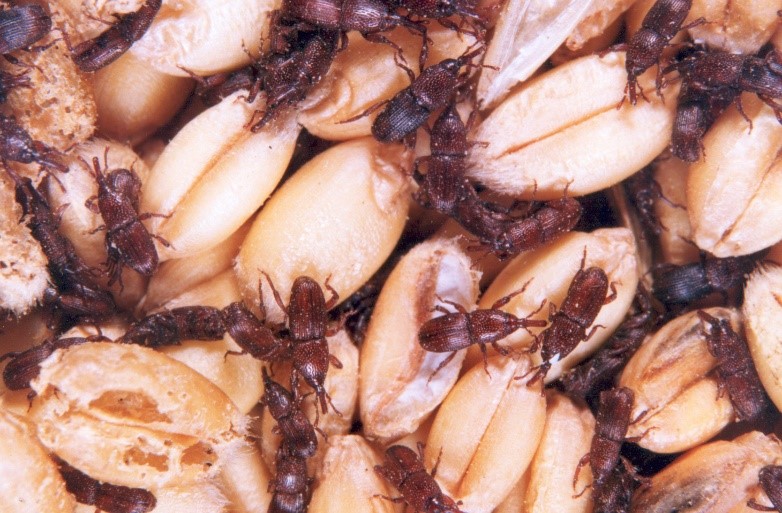
“Only run-down areas attract rats!“
The most common myth about rats is they can only be found in slum areas, but the truth is rats can appear anywhere. As long as they find food and shelter, they can make themselves at home in any area. Just like that, there are many other myths and rumors about rats in terms of their behavior, way of communication, and solutions for damage caused by them. For proper rodent control, it is essential to know the difference between the facts and myths. Here are some facts about rodents and an eco-friendly preventive measure for the damage caused by them!
Like other mammals’ rats also form a family group. They nourish each other, chase each other and sleep together and try to defend their group from stranger rats. As rats are capable to adapt themselves in the human environment, usually they are found in cities and rural areas. Rats have poor vision but excellent hearing so they communicate by producing ultrasound which is not audible by humans. Sometimes they create some noise to express their pain or distress which is audible to humans and even scrapping teeth is another way of showing distress in rats. The pheromones play a special role in the social behavior of rats. Basically, it triggers a warning sign within the rats if there is any danger or gives a signal to interact with the opposite sex.
Rodents have two pairs of continuously growing incisors which must be kept sharp by gnawing. So just like we clip our fingernails, a rat gnaws on things in order to keep its teeth in check. Overgrown teeth are a possible problem for them. They like any surface that they can gnaw on, let the surface be metal, polymer, concrete, or wood. Also, the jaw muscles of a rat can exert a bite force up to 24,000 psi. By comparison, a crocodile bites with a force of 3700 psi and a human bite with 150-200 psi. So, the figures themselves describe the intensity of their bites.
FOOT-LONG SUPER RAT GNAWED THROUGH STEEL WIRE TRAP IT HAD BEEN CAPTURED IN
Robert Scriven, 44, caught the 12-inch rodent before he went for his morning jog, but when he returned the rat had chewed through the cage
- Andrew Parker
- 28 Nov 2018
Computer salesman Robert Scriven, 44, had bought the £9 cage on eBay after spotting rats in his garden.

Within days he had caught two, which he released into a field some miles from his home.
The next day he saw he had trapped a 12-inch beast — but left it in the cage while he went for his morning jog.
When he returned half an hour later it had gnawed through the steel wire and escaped.
Robert, from Chesterfield, Derbyshire, said: “The trap looked sturdy enough.
Rodent expert Steve Belmain said: “Given time, large rats can chew through metal pipes. But for this rat to chew through steel wire in half an hour is very unusual.”
The above article clearly shows that the metal traps are of no use.
The menace of rats will not stop and the failure of numerous methods used to get rid of them is the proof. Health authorities actively pursue policies and programs to manage the rat population.
We all know “Prevention is better than cure!” So, Using the traps or poisonous food won’t keep the rats away as their population grows continuously by a factor of 10 in just 15 weeks. Their teeth grow continuously which make discomfort in them as a result, they keep gnawing things.
In order to maintain the ecosystem, C Tech Corporation found an alternative to prevent rodent damage.
The product is called RodrepelTM, the name itself suggests repelling the rodents. It is an extremely low toxic product. It repels the rats and other rodents without killing them.
The product is available in various forms. The masterbatches can be used while manufacturing the PVC cables, wires, Agricultural films, pipes, household plastic goods, etc. The spray can be directly applied to the packed items to avoid nuisance. RodrepelTM is also available as paint additives to secure the interior as well as exteriors of the property.
RodrepelTM in lacquer form can be coated over tree guards, fences, various PVC surfaces, etc. which would ensure protection against the rodents. As it is mentioned beforeRodrepelTM is extremely low toxic its LD50 value(known as the lethal dose which means the amount of chemical given to species to kill about 50% of its population) is 50000 mg/kg which is less than any other repellent. By considering safety aspects it does not harm any animal or ecosystem. RodrepelTM is completely inert with polymer compounds and used to avoid any rodent infestation.
Contact us at technical.marketing@ctechcorporation.com if you’re facing problems with pests and get the best remedies to combat the pest menace.
Also, visit our websites:
http://www.ctechcorporation.com/
http://www.rodrepel.com/
http://www.termirepel.com/
http://www.combirepel.com/
Follow our Facebook pages at:
1] https://www.facebook.com/Combirepel-411710912249274/
2] https://www.facebook.com/Termirepel-104225413091251/
3] https://www.facebook.com/Rodrepel-120734974768048/
Follow us on our Twitter pages at:
1] https://twitter.com/rodrepel
2] https://twitter.com/termirepel
3] https://twitter.com/combirepel

